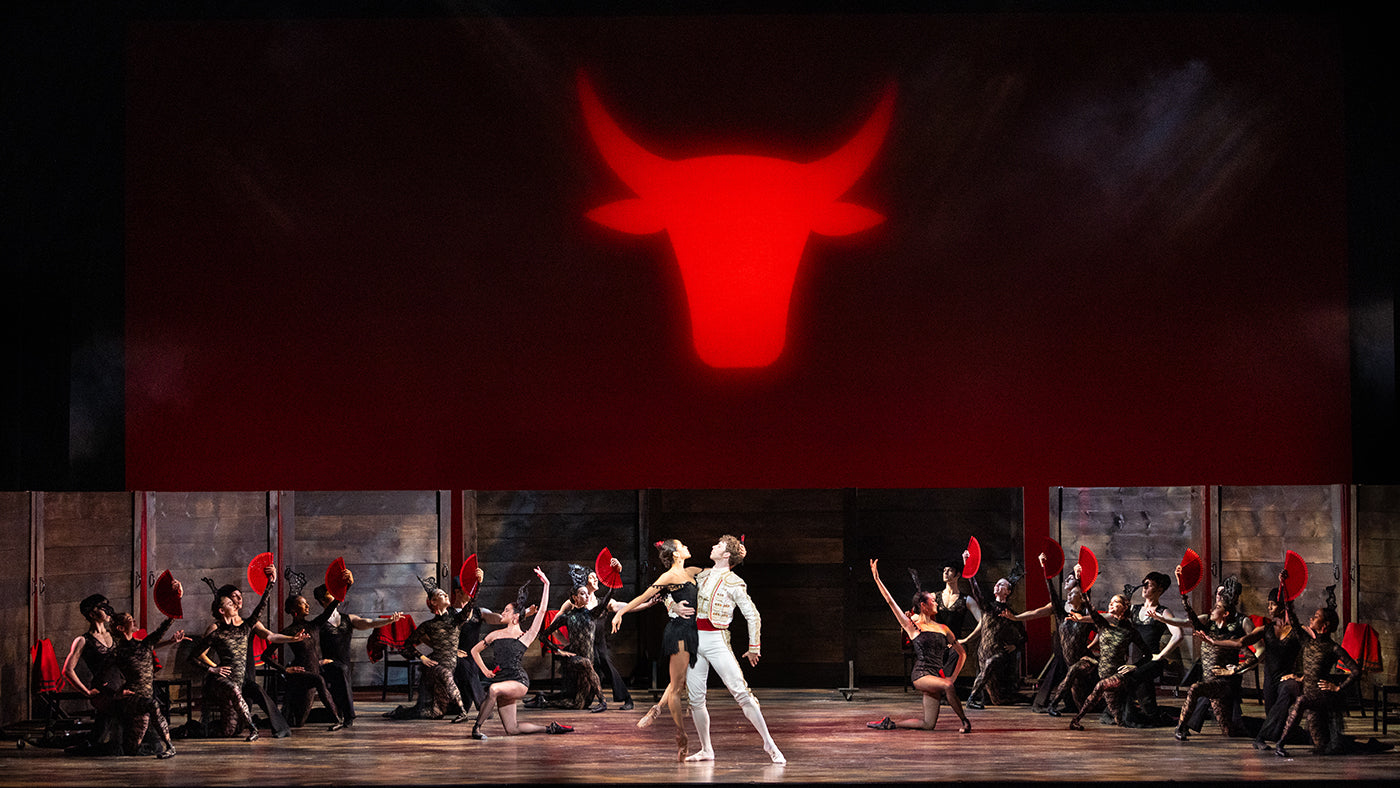Dancing and Screaming Against the Sky
“Profanations,” created by choreographer Faustin Linyekula and music artist Franck Moka, is not a “just” dance piece: it’s a live concert, a cinematic séance.
Continue Reading
World-class review of ballet and dance.
“Carmen” has been in the air this year. Especially at the Kimmel Cultural Campus. Almost as a prelude to the Philadelphia Ballet’s “Carmen,” the Philadelphia Orchestra presented choreographer Brian Sanders’ aerial play on Rodion Shchedrin’s 1967 “Carmen Suite” (created for his wife, the Bolshoi’s Maya Plisetskaya) last March at Verizon Hall. Sanders’ version, with life-sized dueling bulls dangling over the orchestra as Yannick Nézet-Séguin conducted, was phenomenally daring and often comical. It all happened down the block from the venerated Academy of Music, also part of the campus where Ángel Corella unveiled his new full-length ballet, “Carmen.”
Performance
Place
Words




“Profanations,” created by choreographer Faustin Linyekula and music artist Franck Moka, is not a “just” dance piece: it’s a live concert, a cinematic séance.
Continue ReadingWhen Alban Lendorf (b. 1989) was four, he became attentive to the piano. As he explained in an interview with Pointe magazine, when his lessons advanced to the learning of a Chopin waltz, his piano teacher suggested he take dance classes to help open up the music. From the school of The Royal Danish Ballet to the company, his career rocketed forward; by the time he turned twenty-one, he was a principal dancer, still playing the piano and testing a latent gift for acting.
Continue ReadingMarie Antoinette is not an entirely sympathetic character. Her penchant for luxury and extravagance—and the degree to which she was out of touch with the lives of the majority— made her a symbol of the wealth disparity that prompted the French Revolution.
Continue ReadingAscending the Guggenheim Museum's rings through Rashid Johnson's retrospective, “A Poem for Deep Thinkers,” is a dance in of itself.
Continue Reading
comments